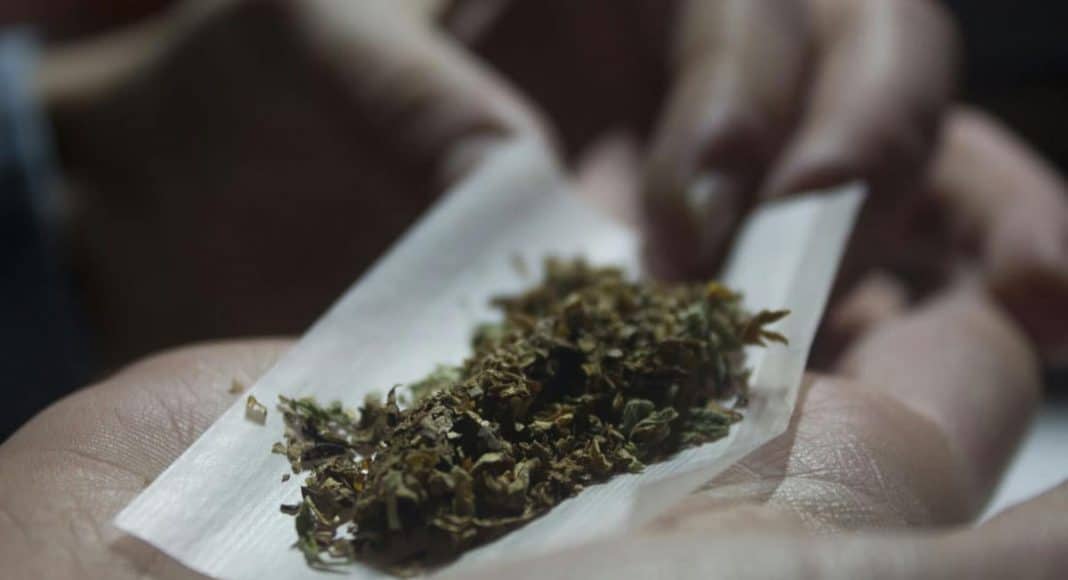Is there really a difference? When to use the terms marijuana, cannabis, and hemp. Everyone seems to be using the terms “cannabis” and “marijuana” interchangeably. And the word “hemp” is also rising in popularity. But does it matter which term you use?
According to Rod Kight, international hemp and cannabis business law attorney, it’s important to know the difference, especially if you’re talking in legal terms. But either way, it’s a good lesson for all of us.
RELATED: A Linguist’s View On The Way We Talk About Marijuana
Rod says marijuana is the most important term to get right because it has legal significance. It’s the term used in the Controlled Substances Acts and applies to the cannabis sativa plant with more than .3% Delta 9 THC. Hemp is the cannabis sativa plant that contains no more than .3% Delta 9 THC.
Technically known as Delta-9-tetrahydrocannabinol, Delta-9 THC is the psychoactive ingredient in cannabis that provides the high.
Here’s your 60 second primer on why this all matters:
How did the name of marijuana come about? One theory holds that Chinese immigrants to western Mexico lent the plant its name; a theoretical combination of syllables that could plausibly have referred to the plant in Chinese (ma ren hua) might have just become Spanishized into marijuana.
Marijuana is referred to by various nicknames, with weed and pot being the most common. Aside from those two names, there are multiple other slang terms that it goes by, such as Mary Jane, bud, ganga, reefer, chronic, and herb.
If a joint has both tobacco and marijuana in it, it is called a spliff. At the tip of a joint may be what’s called a roach. The term originated in England where joints are rolled with tobacco to facilitate the burn. Tobacco leaks tar. Hence, roaches were small pieces of cardboard, rolled and placed into the mouthpiece of the joint. These adaptations are referred to as filters. You might hear the term roach clip which describes the metal holder that pinches a joint.


